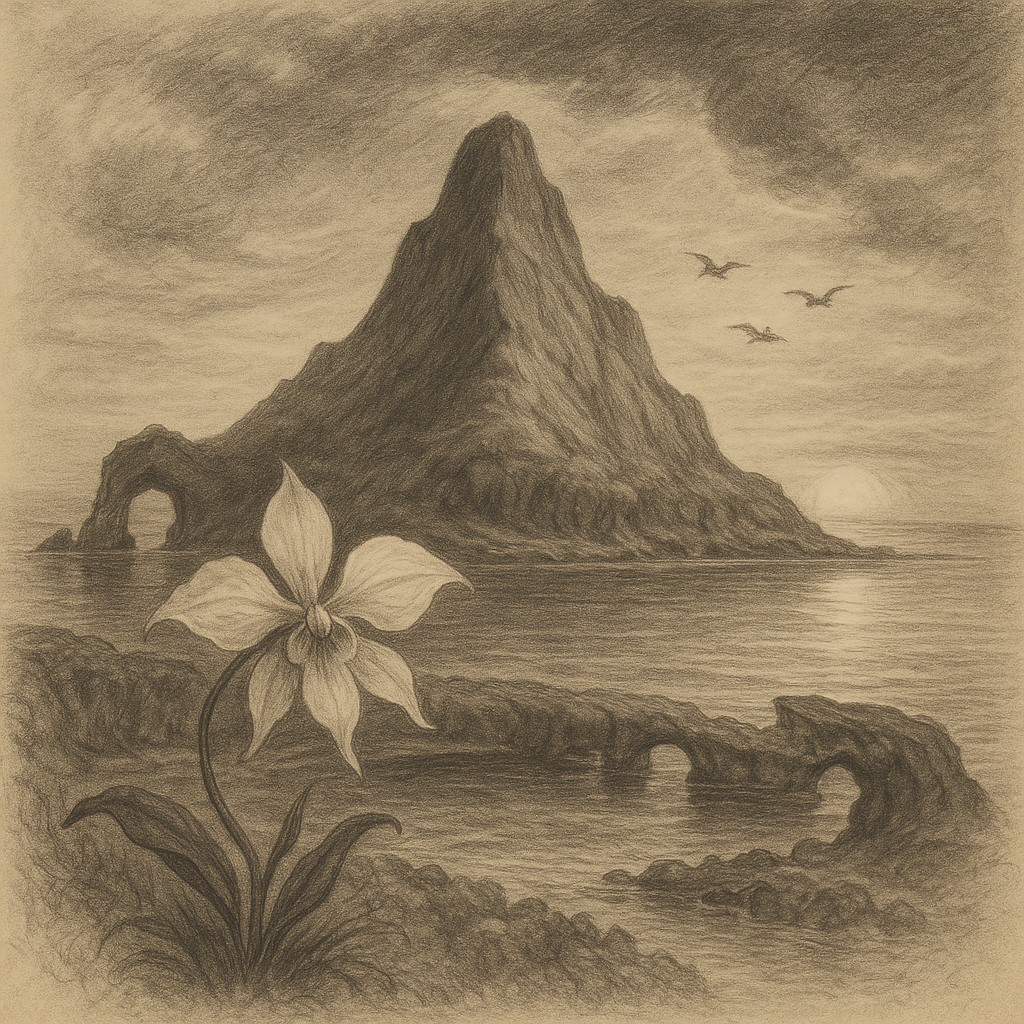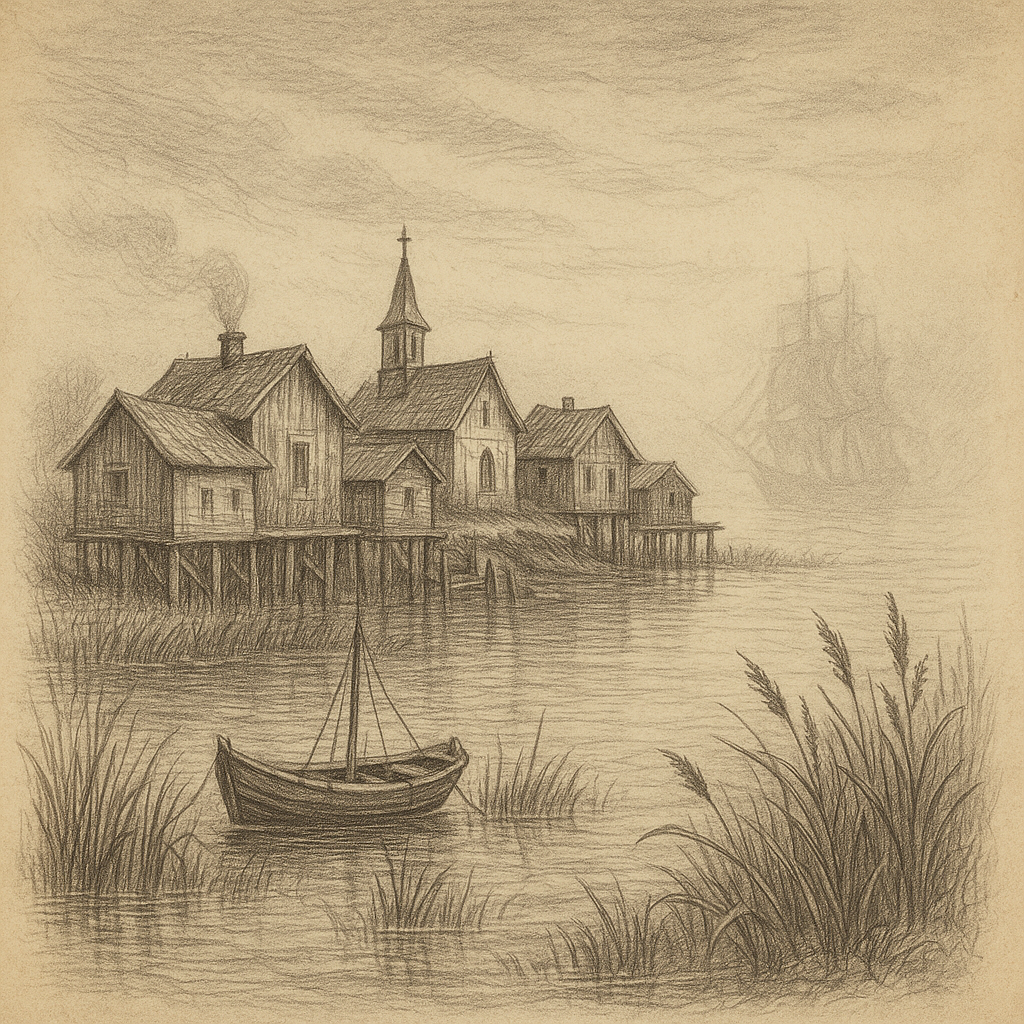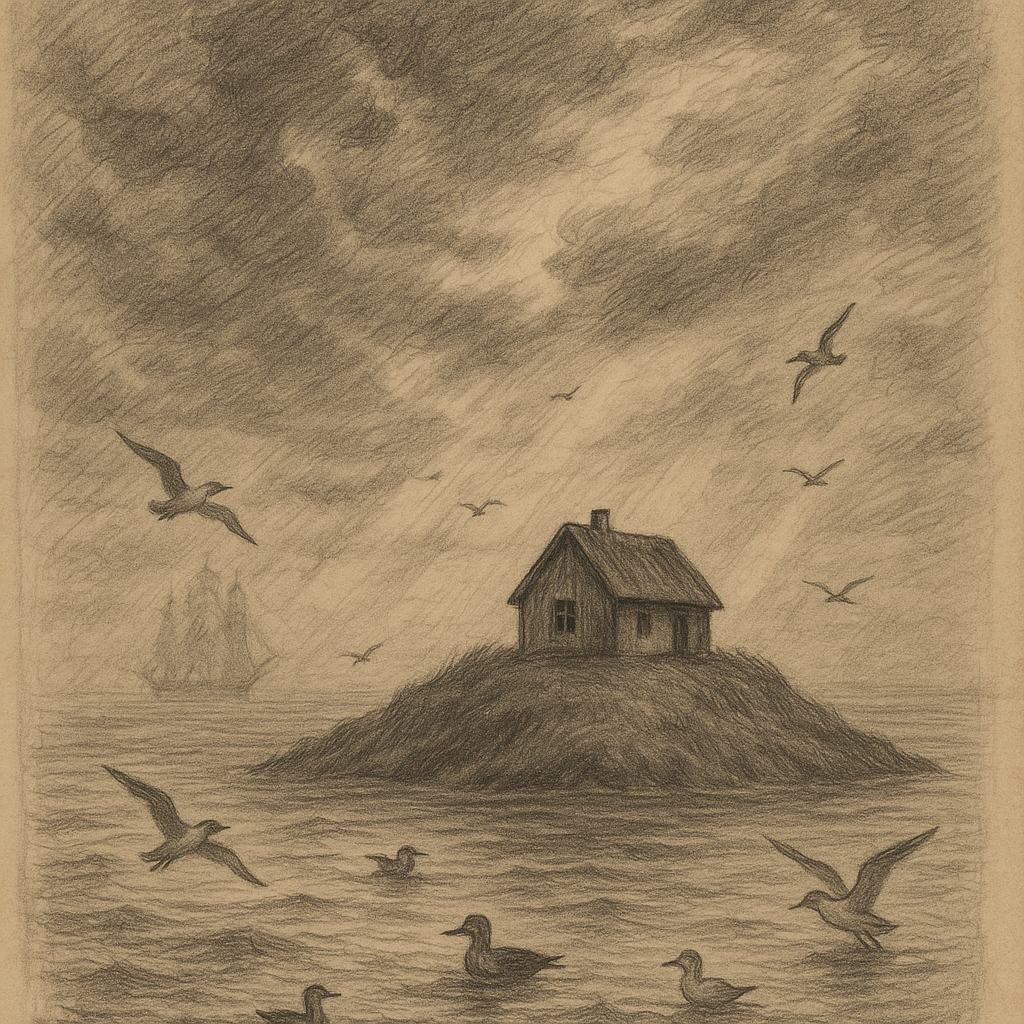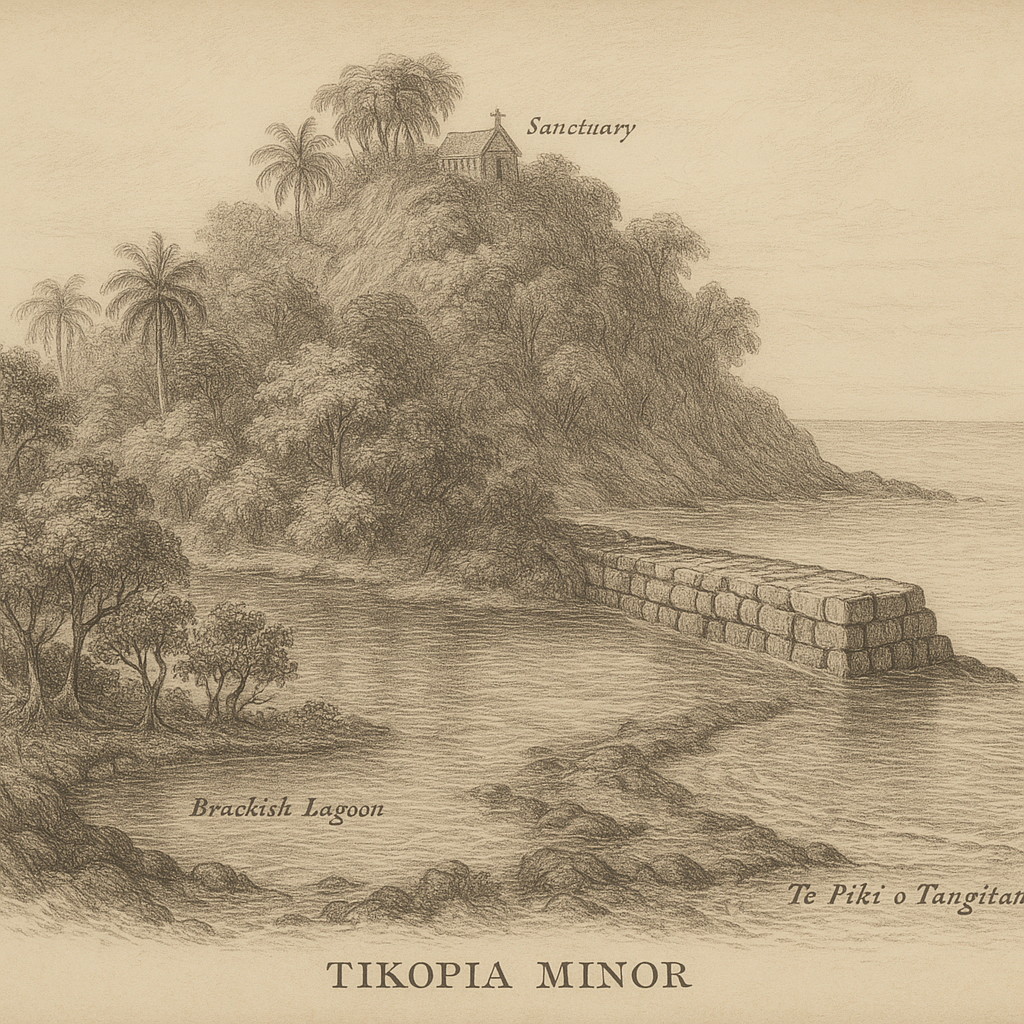Introduction to Motu Mahuta
Motu Mahuta is a remote and enigmatic island nestled deep within the vast expanse of the South Pacific Ocean. Far away from the bustling routes of international travel and untouched by modern tourist developments, the island exudes a mystique that draws the interest of ecologists, cultural anthropologists, and adventurous travelers alike. Measuring just under 4 square kilometers in surface area, Motu Mahuta lies approximately 600 kilometers southeast of Fiji and 900 kilometers northeast of New Zealand’s North Island, making it one of the most isolated islands in the Pacific.
Geographic and Geological Setting
Like many islands in the Pacific, Motu Mahuta is of volcanic origin. It rises steeply from the ocean’s depths as the exposed summit of an ancient undersea volcano that forms part of the Lau-Colville Ridge system. This sprawling ridge, a continuation of the tectonic interactions between the Pacific and Indo-Australian Plates, is known for its submarine volcanic activity and complex geological history. Though the island itself is dormant, signs of its fiery past are evident in the form of basaltic rock formations, hardened lava flows, and geothermal vents in the shallows of its surrounding reef.
A narrow fringing reef encircles most of the island, providing both a natural barrier against the forceful swells of the open ocean and a crucial habitat for marine biodiversity. The island’s highest point, Mount Te Rangihaeata, reaches 312 meters above sea level and offers a commanding view of the surrounding oceanic horizon, unmarred by other landmasses.
Climate and Natural Environment
Motu Mahuta enjoys a humid subtropical climate, heavily influenced by trade winds and prevailing ocean currents. Average annual rainfall is estimated at around 1,700 mm, with temperatures ranging between 21°C and 28°C throughout the year. Unlike many nearby archipelagos that are seasonally affected by cyclones, Motu Mahuta’s position just south of the tropical cyclone belt affords it a comparatively stable climate.
This isolation and climatic stability have given rise to a unique ecosystem. The dense interior is carpeted with native hardwood forests interspersed with ferns, mosses, and flowering plants, many of which are endemic to the island. Bird species such as the Motu Mahuta honeyeater and the reef heron thrive in this undisturbed habitat. The surrounding waters are a marine sanctuary—incredibly rich in coral formations, reef fishes, hammerhead sharks, and migrating humpback whales during the austral winter months.
Human Presence and History
There are no permanent human settlements on Motu Mahuta today, and the island is officially uninhabited. However, archaeological evidence discovered in the form of stone tools, shell middens, and ancient fire pits reveals that the island was once intermittently settled by Polynesian voyagers, possibly as early as 800 CE. These early inhabitants likely used the island as a seasonal stopover during long oceanic voyages or as a temporary resource base for fishing and gathering.
European contact did not occur until the late 18th century, when British navigators charted the island during Pacific expeditions. Despite this, Motu Mahuta was never formally colonized nor subjected to plantation agriculture, unlike many other islands in the vicinity. In more recent decades, the island has attracted limited attention from scientific expeditions and conservationists interested in preserving its pristine conditions.
Unique Features and Curiosities
One of the most striking features of Motu Mahuta is its bioluminescent algae bloom, which occurs seasonally along the southeastern shoreline. When disturbed by waves or swimmers, the water emits a radiant blue glow—a phenomenon that has earned the beach the nickname “The Starpath Lagoon.”
Another curiosity is the island’s natural stone arch on the western cliffs. Carved by centuries of wind and wave erosion, the arch reaches over 15 meters high and frames the setting sun perfectly during the equinox. Due to the difficult terrain, few have seen this marvel in person, but it remains one of the most photographed natural landmarks on the island by aerial drones.
Furthermore, Motu Mahuta is home to a rare orchid species—Mahuta’s Ghost (Epipactis mahutensis)—which blooms only for three nights every two years. Its translucent petals and pale glowing markings have fascinated botanists and inspired local folklore.
Legends and Cultural Significance
Motu Mahuta occupies a prominent place in the oral traditions of the Ngāti Mahuta tribe, a Māori iwi with historical ties to Polynesian navigators. According to ancient stories, the island was named after Mahuta te Rangikaheke, a skilled sea-farer and spiritual leader who is said to have discovered the island guided by a “waka of stars” sent by Tangaroa, the god of the sea.
One widely told legend recounts that Mahuta lit a fire on the island’s summit to signal his people, but instead summoned a great sea guardian—a colossal shimmering eel named Hekere. The guardian swam in a circle around the island, creating the protective reef and blessing the island with abundance and safety. To this day, some believe that Hekere still patrols the waters and that any who disrespect the land or sea will not be able to leave.
Cultural practitioners, particularly from Polynesian lineages, still pay homage to the island during ceremonial voyages. These rituals include offering chants, traditional dances, and symbolic gifts cast into the sea as a form of connection and reverence to ancestral spirits.
Access and Conservation
Due to its fragile ecosystem and cultural importance, access to Motu Mahuta is highly restricted. Permits to land are only granted to scientific researchers, conservationists, and cultural emissaries with permission from relevant authorities, including environmental agencies and indigenous custodians. There are no harbors or airstrips; small vessels must anchor off the reef and use careful navigation to enter the island via its only natural inlet on the north shore.
Conservation efforts are in place to ensure the island remains undisturbed. A successful eradication campaign in the early 2000s removed invasive rats and goats, and the island was declared a wildlife sanctuary in 2012. Ongoing monitoring ensures that native species, such as the Motu Mahuta honeyeater and Mahuta’s Ghost orchid, continue to thrive in their natural habitat.
In sum, Motu Mahuta remains a symbol of pristine natural beauty and cultural depth. Shrouded in legend and distinguished by its ecological uniqueness, it stands as a testament to the enduring spirit of the Pacific and the importance of preserving such precious places for future generations.



